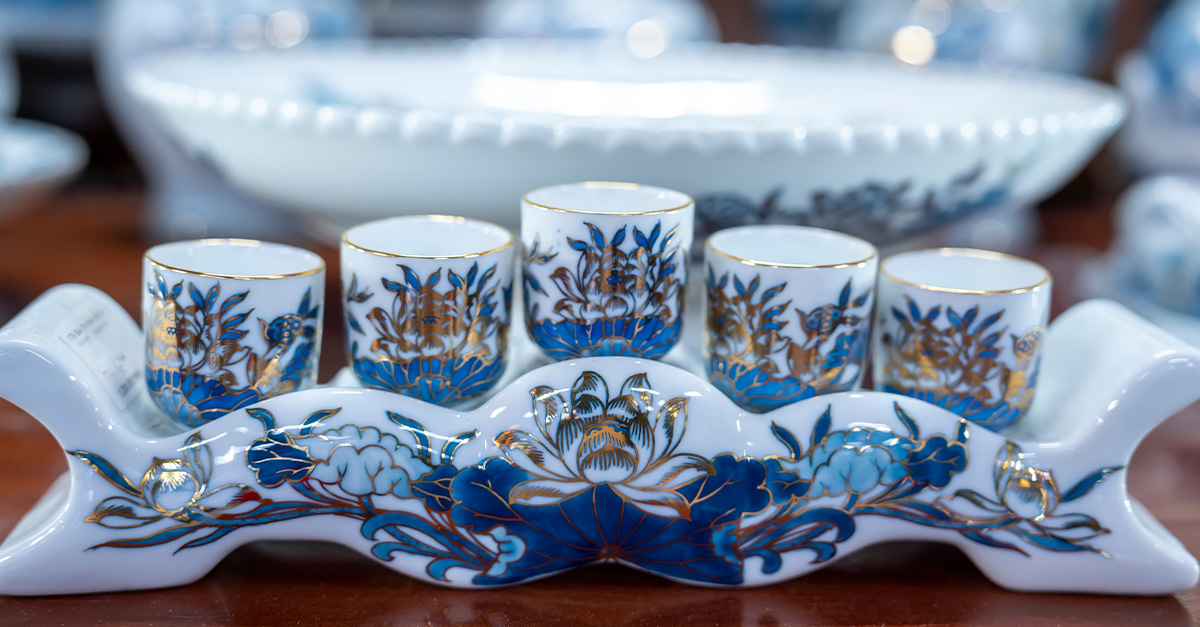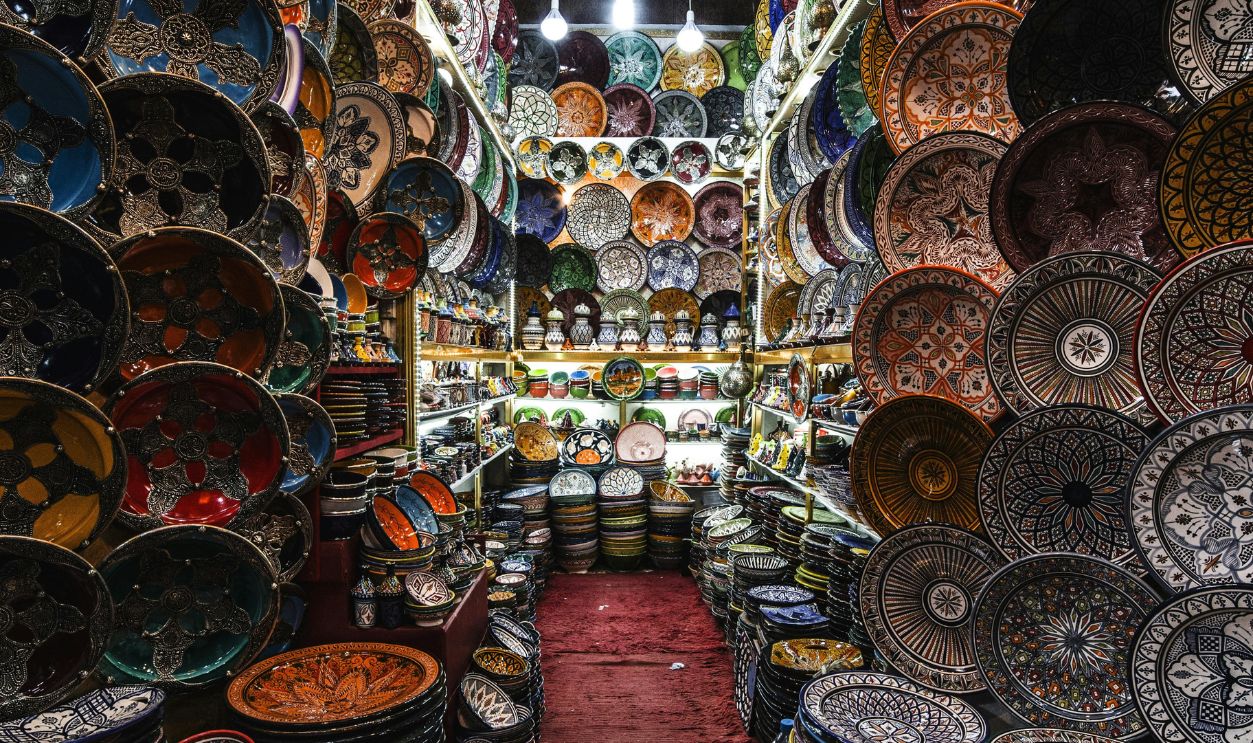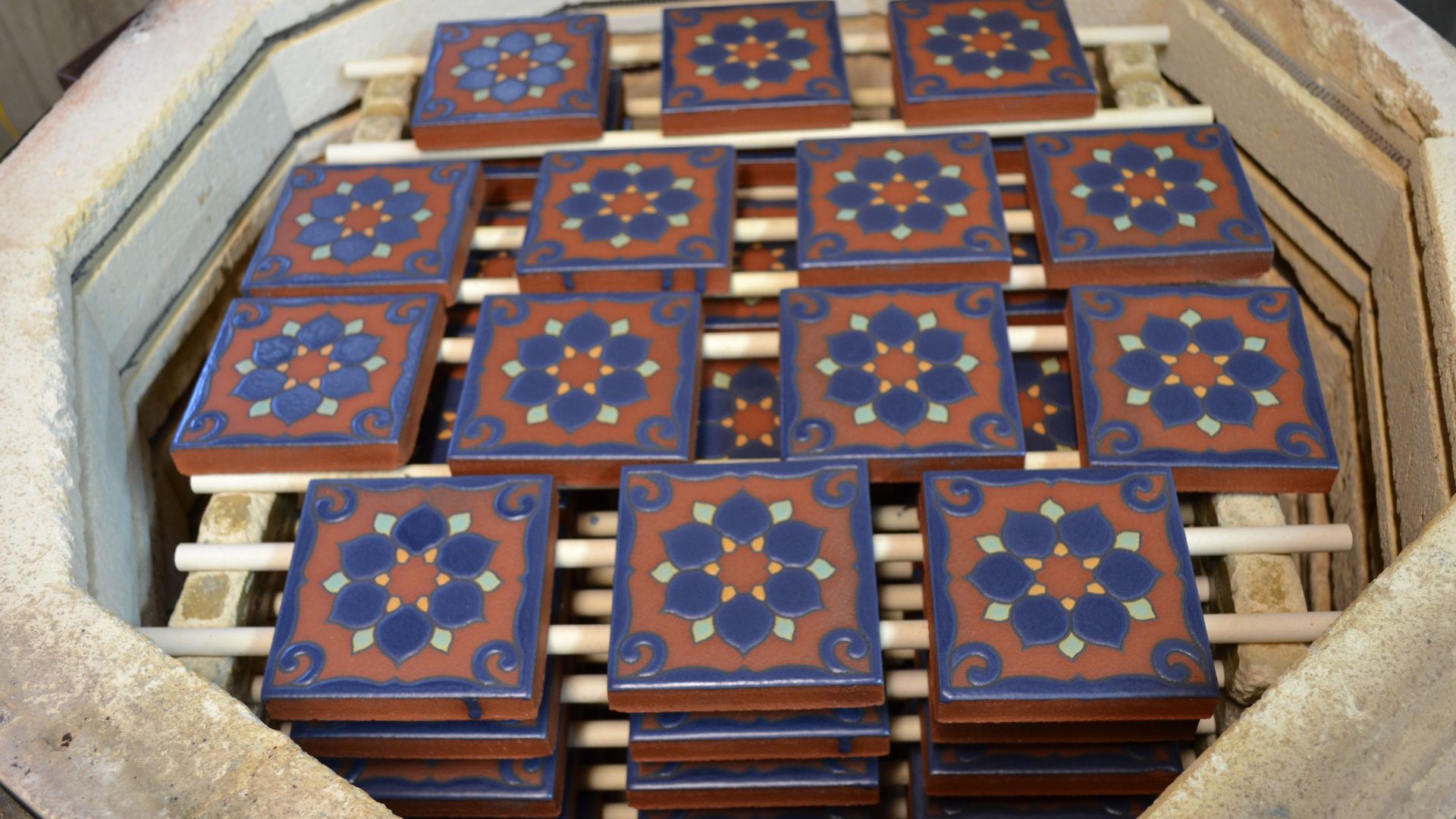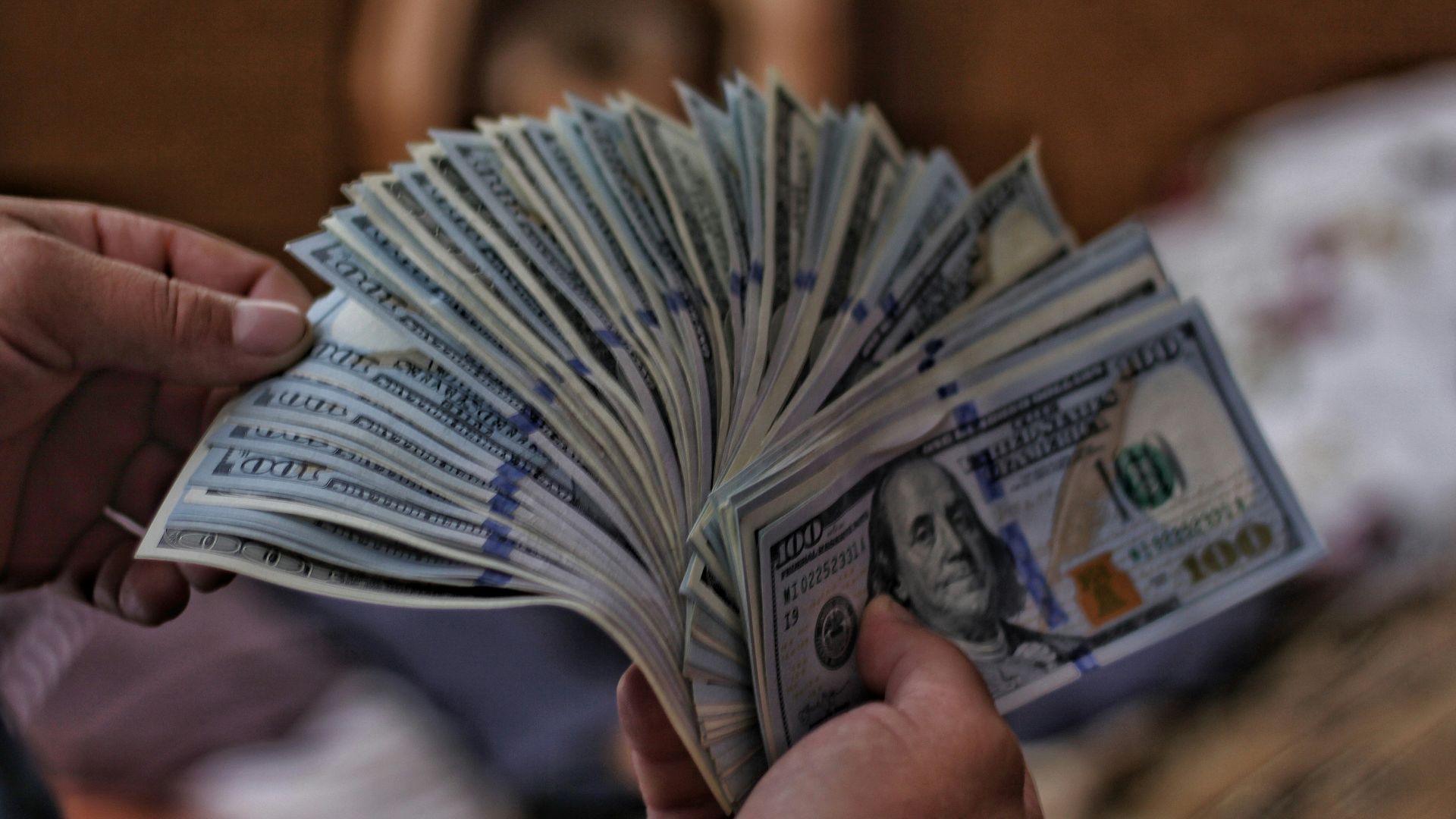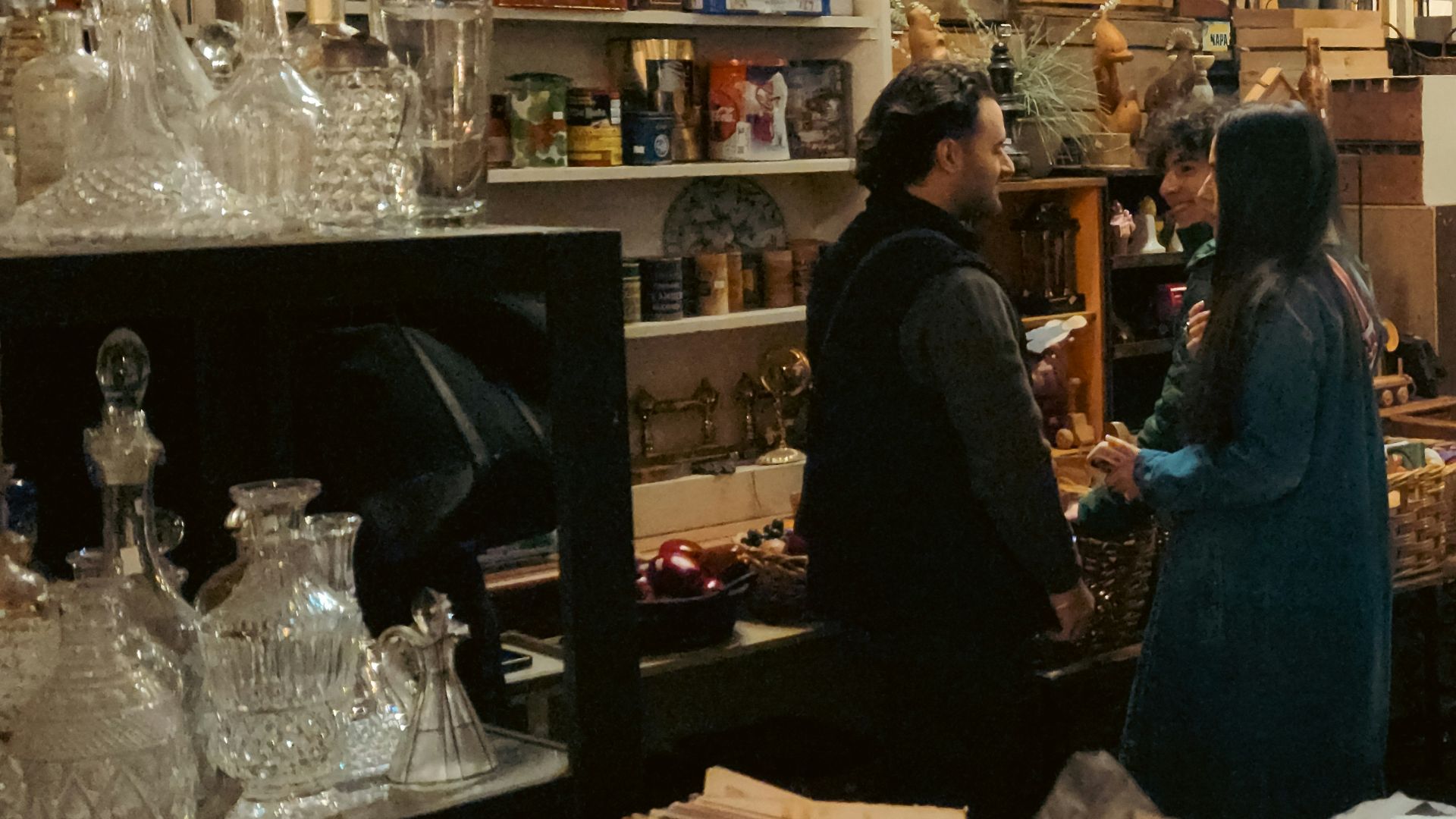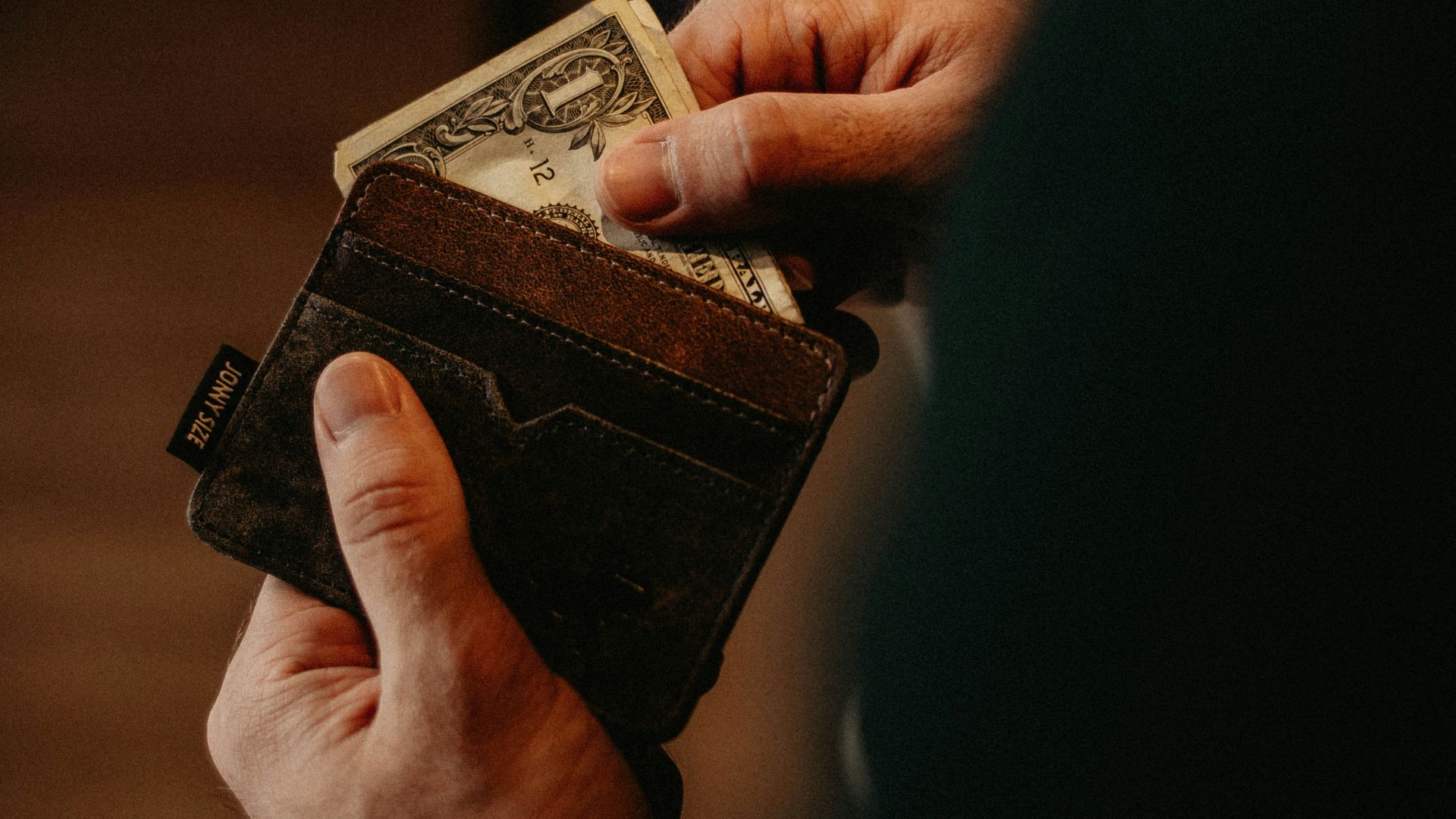A Routine Visit To The Thrift Store
On a crisp October morning in Evanston, Illinois, long-time antiques enthusiast and part-time dealer John Carcerano wandered into a local branch of Goodwill Industries. He was recovering from illness, had extra time to browse, and had developed a habit of watching new inventory carts roll in. That day, as he rifled through the items, few shoppers were around; most interesting items had already been claimed. But it was exactly this quiet moment that set the scene for something remarkable.

The Buyer and His Collector’s Eye
Carcerano isn’t your average thrift-store shopper. By day, he operates a carpet-cleaning business in the Chicago area, but for more than 30 years, he has dabbled in buying and selling antiques — particularly Asian art and porcelain. His familiarity with shape, glaze and decoration gave him a discerning gaze. He’d noticed that when items first hit the cart rather than the shelf, the element of surprise is higher.
The Hidden Plate
Amid an unremarkable mix of dishes, Carcerano noticed something unusual. The plate was sitting under a modern dish, practically hidden. “When everybody walked away from the cart, including me after we went through it, in the corner of my eye I noticed the plate was underneath a modern one,” he later recalled. That concealment, paradoxically, turned out to be its saving grace.
The $4.99 Bargain
With only a few moments of hesitation, Carcerano picked up the plate and paid the $4.99 tag without further ado. In a thrift-store world where most items are valued at their face tag, this plate’s price seemed trivial—but his instincts were quietly telling a different story.
A Suspicious Glaze & Crest
Back home, he studied the plate more carefully. The glaze, the shape, and perhaps most notably the armorial crest impressed him. It didn’t look like a typical mass-market dish. He recognized the kind of subtle features that Asian export porcelain specialists pay attention to. From that moment the discovery narrative shifted from “bargain purchase” to one of investigation.
What Is Armorial Export Porcelain?
Understanding what made this plate special requires stepping back into the 18th-century trade world. “Armorial export porcelain” refers to Chinese‐made porcelain produced for Western markets (Europe and North America) that was customized with European family coats of arms. These were not generic wares: they were commissioned, bespoke, and carried the prestige of the patron family across oceans.
18th-Century China-Europe Trade Networks
In the mid-1700s, as the Qing dynasty under the reign of the Qianlong Emperor (1736-1796) reached its apex, Chinese porcelain was in astounding demand in Europe and beyond. Factories in places like Jingdezhen produced blanks; then artisans decorated them (including for export) often in Canton (Guangzhou) for Western traders who then shipped them to Europe and America. This plate is a tangible relic of that global supply chain.
How The Plate Was Likely Made
The plate in question is described by experts as a “chamfered rectangular platter” which already hints at its bespoke nature. A blank porcelain piece would have been fired in China, the armorial crest applied, over-glaze enamels and gilt edges added, then it would be shipped to its Western patron. These processes required collaboration between Chinese manufacturers and Western traders, making each piece a miniature story of cross-cultural craft.
Why These Plates Are Rare
Several factors make armorial export pieces rare. They were high-end commissions, tailored for individual families; many have not survived intact over centuries; and the arms themselves can be obscure, especially when belonging to lesser-known families or diaspora groups. That rarity heightens significance for collectors and historians alike.
 Photo: Andreas Praefcke, Wikimedia Commons
Photo: Andreas Praefcke, Wikimedia Commons
The Search for Comparative Sales
Carcerano turned to online tools. Using Google Lens, he found a prior sale of a very similar plate for approximately $4,400. He calculated that only two plates of this precise type had ever surfaced at auction in the past 50 years — a striking detail. Armed with this, his modest thrift purchase suddenly seemed much more than just good luck.
Auction House Verification
Recognizing the potential magnitude of his find, Carcerano reached out to several major auction houses including Sotheby’s (New York), Bonhams (London), and Chicago’s Leslie Hindman Auctioneers (now merged with Freeman’s). A Sotheby’s specialist described the object as a Chinese export armorial platter around circa 1755, with the arms identified as belonging to the Mendes Da Costa family. Estimated value: between $4,000 and $6,000.
 ajay_suresh, Wikimedia Commons
ajay_suresh, Wikimedia Commons
The Mendes Da Costa Family Connection
The armorial crest on the plate was assigned to the Mendes Da Costa family — a Jewish family of heritage. That fact is particularly notable because while many armorial export porcelains bear European Christian heraldry, this one links to a Jewish lineage. Sotheby’s flagged this as perhaps the first Chinese export plate offered in a Judaica sale context, thereby making it a hybrid of porcelain history and diaspora studies.
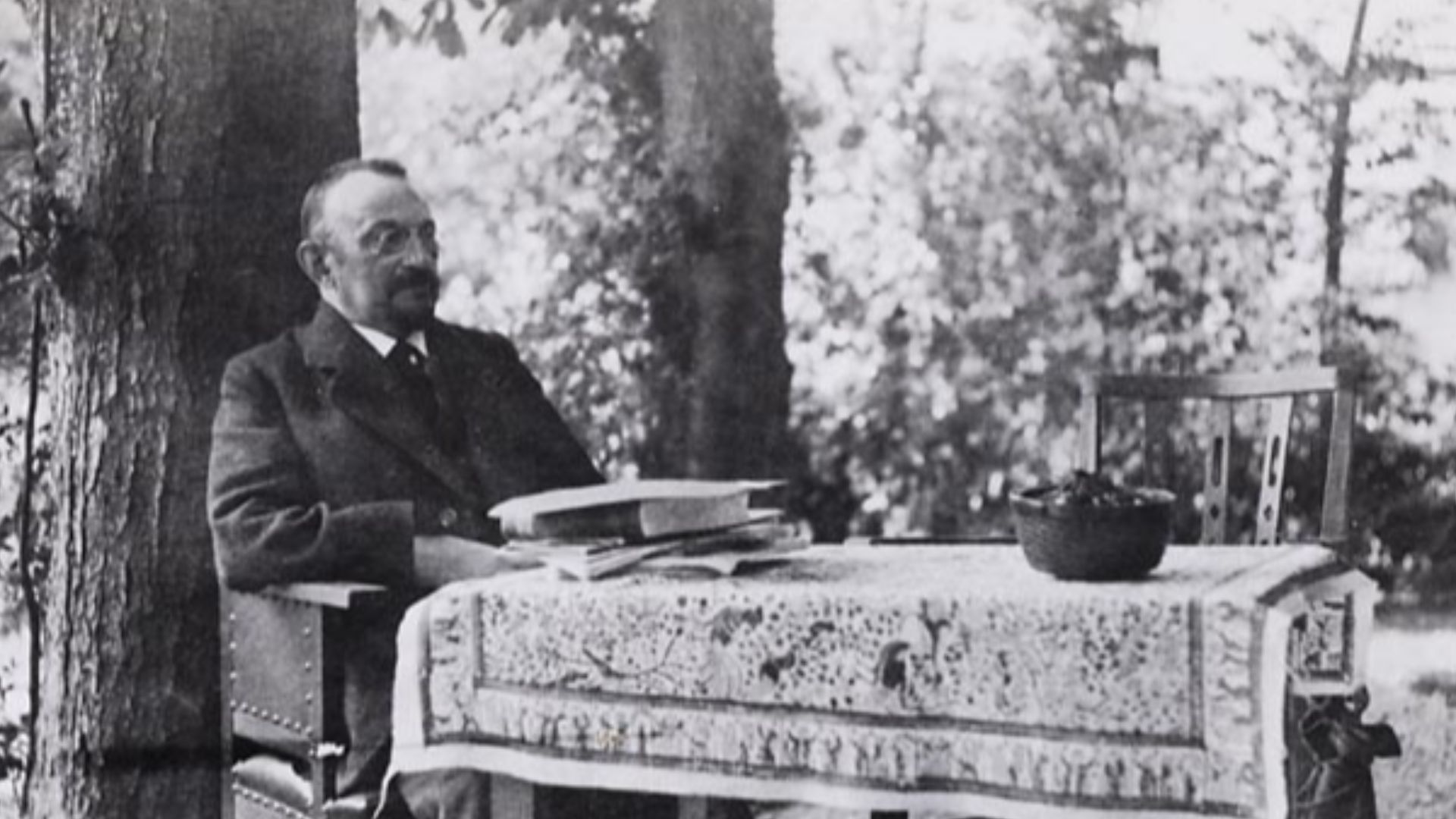 Unknown photographer, Wikimedia Commons
Unknown photographer, Wikimedia Commons
Dating & Dynasty
Experts converge on a dating around the mid-1750s, within the reign of the Qianlong Emperor of Qing China. At a time when Chinese export porcelain was at a technical and aesthetic high point, this plate embodies both craft and cultural exchange. The condition of the piece is described as “pristine” — no scratches, no signs of use — which elevates both its historical and monetary value.
 Giuseppe Castiglione, Wikimedia Commons
Giuseppe Castiglione, Wikimedia Commons
Condition & Value: Why Both Matter
When a piece is in immaculate condition — never used, no chips or wear — it commands a premium. The fact that Carcerano’s plate appears untouched means that it preserves its original state as it left the Chinese workshop centuries ago. That level of preservation is as rare as the armorial commission itself, enhancing the plate’s value both to collectors and historians of trade.
Estimating The Value
While antiques values are always somewhat speculative, the auction house specialists in this case gave a ballpark of between $4,000 and $6,000 for Carcerano’s plate. For a $4.99 purchase, that represents a nearly thousand-fold return. These numbers underscore how everyday marketplaces like thrift stores might occasionally host extraordinary artifacts.
A Moment For Judaica Auctions
Because of the Jewish family arms on the plate, the item has special resonance in the Judaica marketplace. Auction houses suggested the plate might precede an upcoming Judaica sale — a venue where Chinese export porcelain typically does not appear. This crossover gives the piece added significance in multiple collecting worlds.
 Nelson Pavlosky , Wikimedia Commons
Nelson Pavlosky , Wikimedia Commons
The Thrill Of The Thrift-Store Hunt
Carcerano’s story illustrates the magic of thrift-store archaeology: carts freshly rolled out, items overlooked by others, a trained eye and a dash of patience. He often waits hours when inventory is first unloaded, believing that’s when the best opportunities arise. His vigilance paid off spectacularly on this occasion.
 Tess Mattew, Wikimedia Commons
Tess Mattew, Wikimedia Commons
Advice For The Curious Thrifter
For those hoping to emulate this find, the key take-aways are less about luck and more about awareness. Know what you’re looking for (shape, family arms, condition), learn to use tools like Google Lens and collector forums, and move quickly when something “feels” right. Of course, one must also be cautious about reproductions and forgeries.
The Myth Of “Just a Plate”
What might appear to be a mundane dinner plate quietly travels across oceans and oceans of time. It speaks of Chinese porcelain artisans, European patrons, Jewish diaspora families, trade networks, shipping routes, and the thrift-store conveyor belt of modern commerce. The plate is not just an object; it is a story in ceramic form.
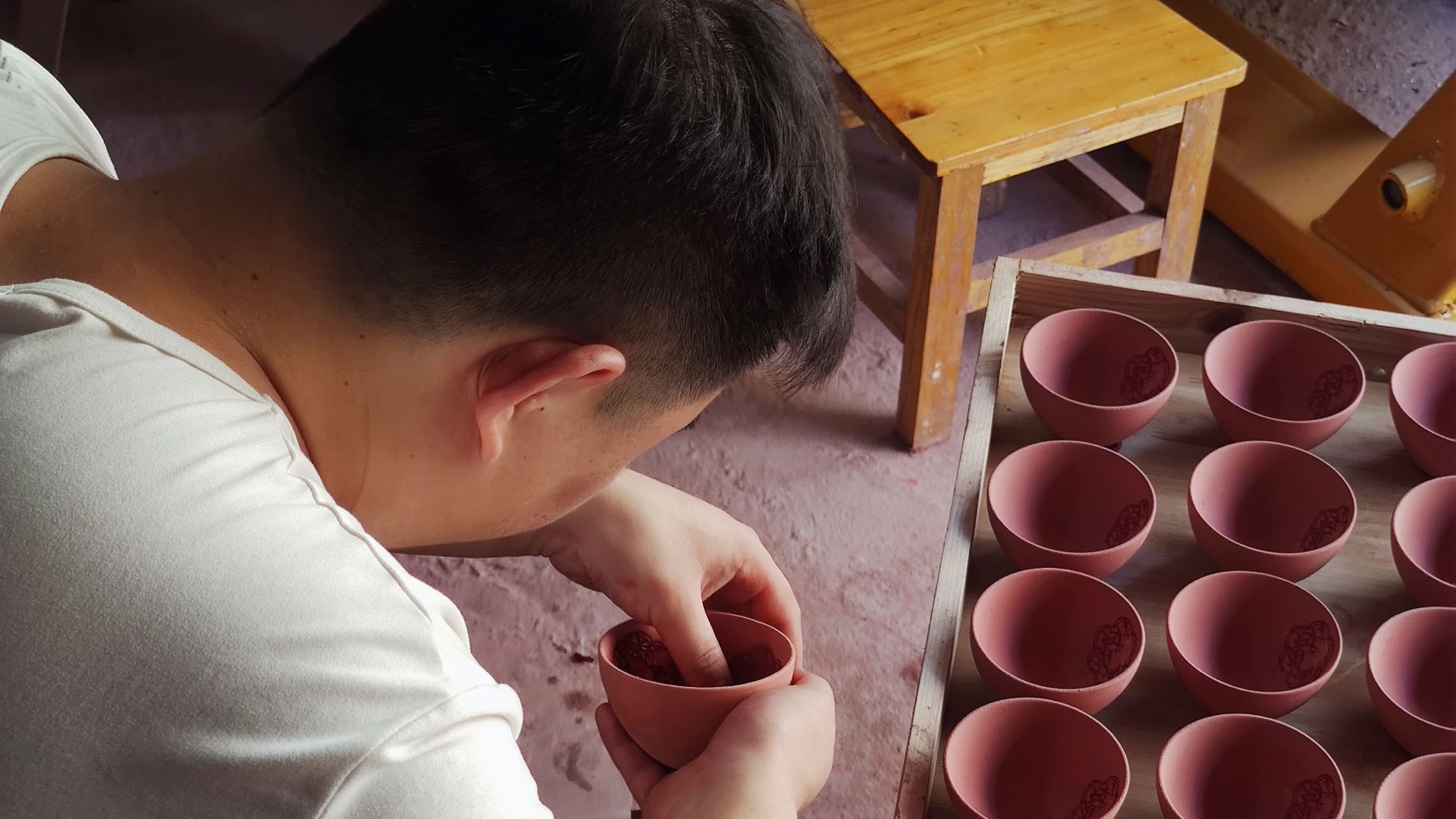 CheneyZhangLinfeng, Wikimedia Commons
CheneyZhangLinfeng, Wikimedia Commons
Provenance Challenges in Thrift Finds
A key challenge with thrift-store discoveries is the lack of documented provenance. Items often arrive without shipping records, prior ownership histories or exhibition notes. In these cases, stylistic analysis, heraldic identification and condition assessments become crucial to validate authenticity and age.
Implications For Porcelain Scholarship
While this plate is just one artifact, its intersection of Chinese export porcelain and Jewish-family heraldry may prompt new inquiries in porcelain scholarship: how many other diaspora families commissioned export wares? How were such plates shipped and distributed? Each find adds nuance to our understanding of globalised 18th-century artistry.
 Giuseppe Castiglione, Wikimedia Commons
Giuseppe Castiglione, Wikimedia Commons
Selling Considerations: Auction Or Private Sale?
Carcerano is weighing his options: will he consign the plate to Sotheby’s for a high-visibility Judaica auction, or will he choose a private sale where he retains more control? Auction houses promise visibility and possibly higher hammer prices, but private sale might offer flexibility. Either way, the story will enhance its market potential.
 Jim.henderson, Wikimedia Commons
Jim.henderson, Wikimedia Commons
The Economics Of Treasure Hunting
What this story underlines is that modest spending may sometimes intersect with extraordinary returns. But the crucial element is not the thrift price —it’s the trained eye, reflexive research, and readiness to act. Many thrift-store treasures remain unseen because the buyers don’t ask “what might this be?”
Cultural Resonance: Connecting Continents and Centuries
This plate does more than accumulate value. It connects 18th-century China with European and diaspora families, and lands in a 21st-century thrift store in suburban Illinois. It’s a material encounter with the past, reminding historians and archaeologists alike that the extraordinary sometimes hides in plain sight.
 China, 1761 painter, Wikimedia Commons
China, 1761 painter, Wikimedia Commons
The Role Of Condition & Timing
There is an element of timing here: if Carcerano had arrived even a minute later, the plate might have been claimed by someone else, or moved to a shelf unseen. The combination of condition (pristine), rarity (few known sales), and timing (fresh cart) conspired to make the moment count.
What This Plate Means
For Carcerano, this plate is more than a financial win. It is validation of scrupulousness, of decades of study, and of the idea that everyday browsing can lead to extraordinary history.
Looking Forward To The Sale and Beyond
We await the outcome of the plate’s forthcoming sale with interest. Will it achieve the upper estimate or more? Mostly, though, this story stands as a lighthouse to show that the last place you might expect to find history is sometimes the one where it lies waiting.
 Sothebys117, Wikimedia Commons
Sothebys117, Wikimedia Commons
You May Also Like:
Want To Feel Unsafe? We Explore The Most Dangerous Places You Can Visit—Or Not
Ranking The Cities With The Best Waterfronts—According To Travelers

